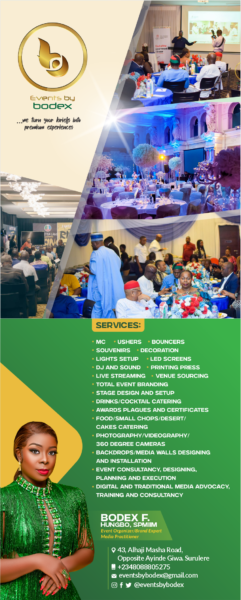Business
NCAA rejects Nigeria Air’s request to proceed to phase two of AOC acquisition, says ‘ there’s no documents’
The Nigerian Civil Aviation Authority (NCAA) has rejected an application by Nigeria Air to proceed to phase two in the process of obtaining its air operators certificate (AOC).
In a letter seen by newsmen, dated June 2, 2023, NCAA said due to the unavailability of a “formal application form” and other “necessary documents”, the certification process cannot progress to phase two.
“The authority is in receipt of your letter dated May 25, 2023, on the above subject matter,” NCAA said.
“Quite contrary to our earlier letter of 16th May 2023, which enumerated the documents to be submitted with the formal application form OPS 002, your letter of request to proceed to phase two has no inclusion of a formal application form and the necessary documents referenced in the formal application form.
“Hence, the certification process cannot progress to phase two without these required documents.
“Please be reminded that your post holders’ letters of commitment to Nigeria Air have a tenure of three months and as such expire now. “
STAGES IN ACQUIRING AN AOC
A year ago, the federal government granted an air transport license (ATL) to Nigeria Air to commence operation.
But the proposed national carrier has been unable to complete the requirements for the issuance of the AOC, which — among other requirements for an airline to operate — is a note of authority issued to airlines that fully guarantees them the right to begin air services.
There are five stages involved in acquiring the AOC, according to NCAA.
In phase one, NCAA appoints a certification team and processes the pre-application statement of intent form (AC-OPS 001). Discussions on all regulatory requirements, the formal application and attachments, and any other related issues will take place.
This process usually takes a week to complete.
Moving to the second phase, a formal application for intending entrants where documents and manuals (including the curriculum vitae of key management personnel) must be submitted for evaluation. The minimum timeframe for the formal application phase is two weeks.
The third stage involves a document evaluation, where the NCAA will review the applicant’s manuals and other related documents and attachments to ensure conformity with the applicable regulations and safe operating practices.
The minimum timeframe for the document evaluation phase is three months.
From there, NCAA’s scrutiny moves to the fourth stage: the demonstration and inspection — a key phase of the process carried out only after a satisfactory documentation evaluation phase.
In this stage, a thorough audit by the certification team at the applicant’s premises will be conducted to ensure that the proposed procedures are effective and that the applicant’s facilities and equipment meet the NCAA’s regulatory requirements.
Also in phase four, other demonstrations like the emergency evacuation and ditching will be carried out, and after successes in these exercises; a demonstration flight will be carried out. The minimum timeframe for the demonstration and inspection phase is two months.
The fifth and final phase is certification and this means once the airline has met the regulatory requirements of the civil aviation (air navigation) regulations, the NCAA will issue the AOC with the appropriate specifications and ratings.
The minimum timeframe for the certification phase is one week, and after the issuance of the AOC, the applicant can engage in commercial aviation activities in Nigeria.























